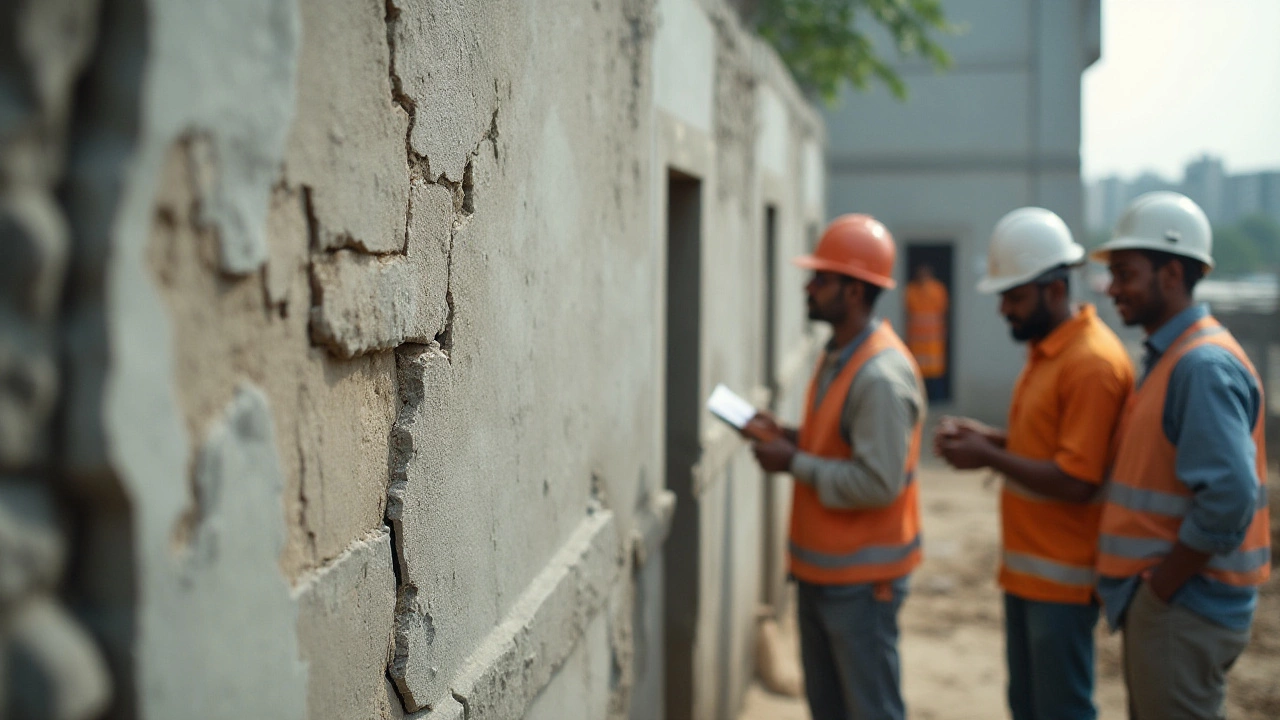New Builds: Essential Tips for Building Your Dream Home
Thinking about starting a new build? You’re not alone. Most homeowners wonder if building saves money, what the biggest cost surprises are, and how to keep design choices realistic. Below is a straightforward roadmap that covers budgeting, planning, and finishing touches.
Budget Basics – Know Your Numbers
First, sit down with a spreadsheet or a simple notebook. List land cost, foundation, framing, roof, windows, interior finishes, and a 10‑15% buffer for unexpected issues. A recent guide on “Is it cheaper to build or buy a house in 2025?” shows that land often eats up 30‑40% of the total, so keep that front‑and‑center.
Next, get quotes from at least three contractors for each major trade. Compare not just price, but what’s included – labor, waste removal, permits, and cleanup. When you see a big gap, ask for a detailed breakdown; it usually reveals hidden charges.
Design Decisions That Save Money
Choosing a simple roof shape can cut both material and labor costs. A gable roof, for example, requires fewer cuts than a complex hip roof. Our “How to budget for a new roof” article breaks down the cost drivers: decking, shingles, underlayment, and ventilation. Opt for mid‑range shingles rather than premium tiles if you want durability without the high price tag.
Open‑plan layouts reduce interior walls, meaning less framing and drywall. If you like a defined kitchen, use a kitchen island instead of building a permanent wall. This also makes future remodeling easier.
Don’t forget the outside. A patio built directly on grass can be a budget‑friendly option. The “Cheapest ways to build a patio on grass” guide explains how a compact concrete slab or interlocking pavers can give you a functional outdoor space without excavation.
While you’re planning, think about future energy costs. Adding good insulation now saves on heating bills later. A modest upgrade to double‑glazed windows can pay off within a few years.
When it comes to interior finishes, pick materials you love but that are also resilient. Vinyl plank flooring looks like wood, lasts longer, and costs less. For walls, a light‑colored paint can make rooms feel larger and reduces the need for expensive lighting fixtures.
Finally, schedule inspections at key milestones: after the foundation, before drywall, and after the roof is on. Spotting issues early avoids costly rework.
Set a realistic timeline. Most new builds take 9‑12 months from groundbreaking to move‑in, but weather, material delays, and design changes can add weeks. Build time buffers into your plan and keep a weekly check‑in with the project manager.
Building a new home is a big adventure, but with a clear budget, smart design choices, and a solid contractor lineup, you can keep surprises to a minimum. Use the tips above, dive into our detailed posts for deeper info, and you’ll be on your way to a home that fits your style and your wallet.

